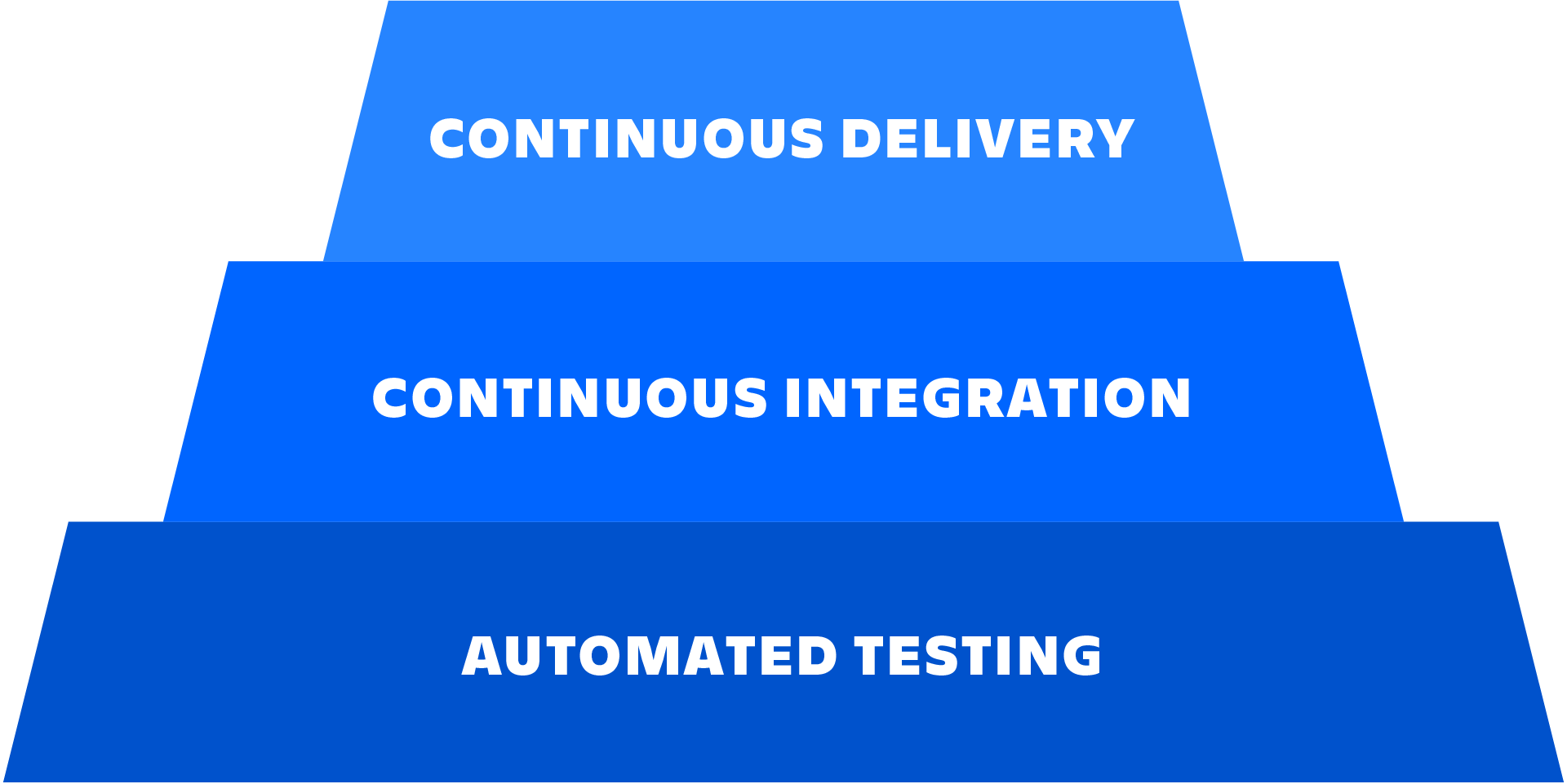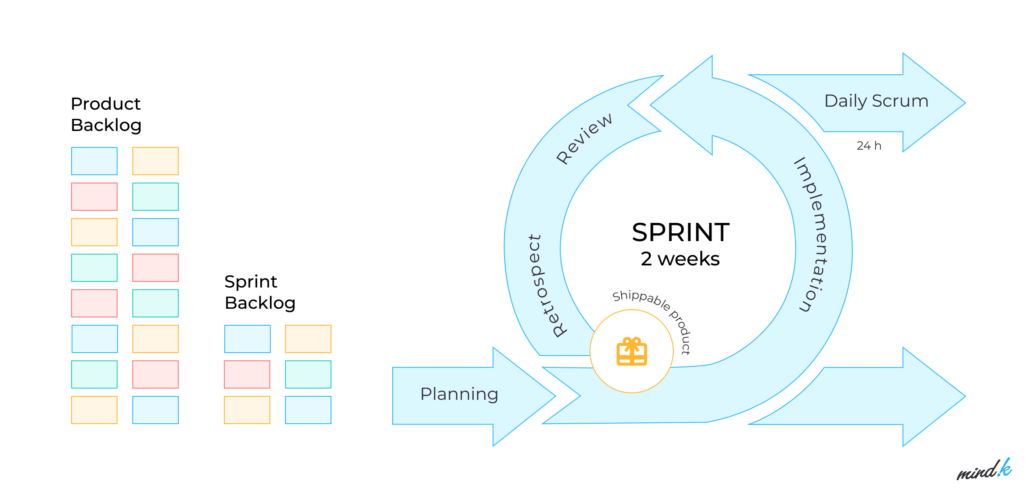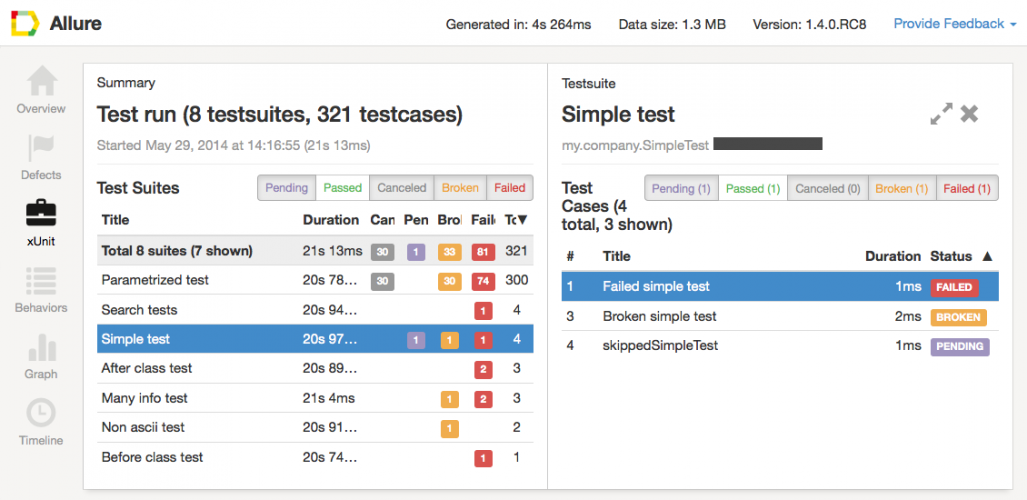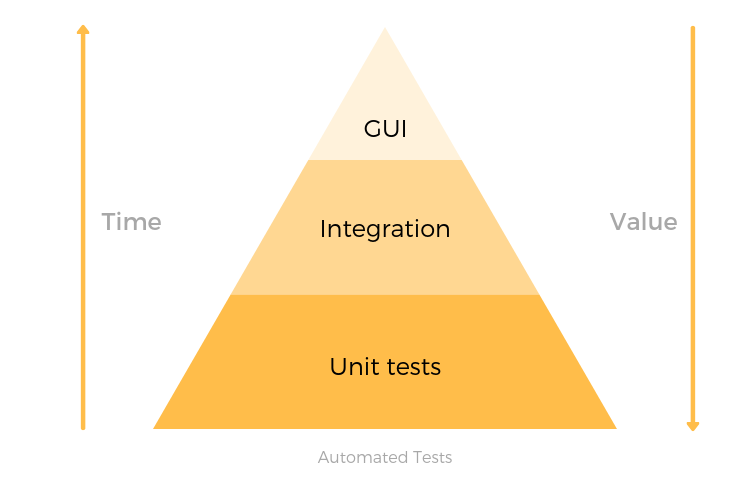Did you know that even several years ago Amazon deployed software every 11.6 seconds? How did they manage to achieve this? Amazon explains such a speed by using DevOps principles and effective test automation (TA) strategies.
Thus, it’s not surprising that almost 40% of the companies that took part in the State of Test Automation 2020-2021 survey spend up to half of their entire QA budget on automation, while 20% spent even more than that. Above all that, almost 38% consider test automation a key part of their quality assurance process.

Source: info.kobiton.com
As we’ve already touched upon the importance of the DevOps strategy in our previous article, today we’d like to talk about what automated testing can bring to the table. Based on the experience we at MindK gained from years of providing automation testing services, we’re confident that test automation has really much to offer.
So, what do companies that invest in test automation get in return? Let’s dive right in.
Seven key benefits gained from automated testing
When implemented properly, automated testing offers a tremendous ROI. Here are the main benefits of test automation we’ve noticed on our projects:
- decreased costs;
- increased test coverage;
- increased test accuracy and boosted morale;
- faster delivery;
- uncover hard to find bugs;
- easy reporting …
… which are all very cool. Let’s take a closer look at each of these advantages.
#1 Decreased costs
Let’s get one thing straight: automated testing doesn’t eliminate the need for manual testing. It won’t allow you to cut the number of QA engineers as they have to write and maintain the test scripts. So where are these supposed savings coming from?
There are two main results rooted from test automation that significantly reduce spending: finding bugs early and reducing the average cost of testing hours.
Early bug detection
It was calculated that developers waste 620 million hours a year debugging software failures, which cost companies $61 billion annually. Fixing a single software bug or failure takes on average 13 hours of the developer’s time.
In this light, it involves not only the revenue you lose from product failures caused by errors, but also the revenue lost when your clients turn to competitors for better software, as well as the revenue you lose because of the number of resources needed to find and fix bugs.
While each bug can cost your business a loyal user base, fixing a bug also costs money. Here’s the thing – the earlier you discover a defect, the easier (and cheaper) you can fix it. And this is exactly what automated unit testing gives your development team.
As developers compile the code, a test suite automatically checks it for bugs. This creates a short feedback loop allowing engineers to find and fix defects faster. Let’s bring in some data.
Long ago, the Systems Sciences Institute at IBM reported that “the cost to fix an error found after product release was four to five times as much as one uncovered during design, and up to 100 times more than one identified in the maintenance phase.” Our own experience shows that the “relative costs” from the IBM Systems Sciences Institute still hold true in 2022:
To be more specific let’s transfer it to a more earth-bound monetary example. If a bug is detected in the design phase, it could cost $100 to fix it. If the bug is not found until the QA testing phase, the cost may reach $1,500. If it’s not detected until production, the cost runs up to $10,000. In cases where the bug is never found, it could potentially cost the company much more money and even reputation.
Almost ten years ago, a glitch in trading software cost Knight Capital Group $460 million. Over the period of the next day, company stocks dropped by 75% leading to its eventual acquisition by the competing firm Getco LLC. This situation could have been avoided by means of automated testing.
Automated testing allows you to catch the majority of bugs long before the application goes into production. This can save as much as 75% on fixing bugs, and even save your company!
Reducing the average cost of testing hours
A QA engineer can only test your system for 8 hours straight (unless you promote slavery, of course!). A test automation specialist can spend their business hours writing scripts and leave them running for the rest of the day.
According to “Automated Testing ROI: Fact or Fiction?” white-paper, automated tests allow running on average five times more tests. This means that automated tests are fivefold faster. Automated testing allows you to increase test coverage dramatically without spending more money. This leads us to benefit #2.
#2 Increased test coverage
As your product evolves, new features are added on top of the existing functionality. With each new release, you have to ensure there are no bugs in the added features.
You also have to ensure these new changes don’t break existing functionality (the so-called regression testing). And as your product grows, so does the amount of code you have to cover with regression tests. Hiring more testers as time goes by is just too expensive. So, you’re left with two options:
- Leave some parts of your app untested and take all the risks associated with releasing a poor product.
- Automate your tests and maintain a high-quality standard.
From our experience, the second option is MUCH better. Only automated testing can guarantee that every part of your application is sufficiently tested as it grows with each new release. Without it, increasing test coverage requires greater effort.
You might have to create hundreds of extra test cases covering every possible scenario and workflow as well as to make sure the application works correctly on different browsers/devices. With automated tests, you can launch multiple scripts and have them run during off-work hours. This way, numerous systems and configurations can be tested in parallel.
More and more of our clients want to cover as many functionalities as possible. For example, for clients with private practice & clinic management software, our team has covered the whole end-to-end regression scope by developing more than 1500 test cases that included regression testing, user interface (UI) test automation, application programming interface (API) testing, and much more. For another client, we covered almost 80% of all the regression testing scope. This allowed our clients to receive more test coverage in a much shorter time span, significantly reduce the number of bugs in production, and sleep well at night.
#3-4 Increased test accuracy and boosted morale
Running the same tests over and over can become mind-numbing and leads to errors. Automated scripts can go through the same steps hundreds of times without getting bored or distracted. This increases the accuracy of your tests.
An interesting fact we’ve noticed on our projects is that when we free our QA engineers from repetitive work, they tackle more challenging and rewarding tasks. Not only does this lower the number of errors and allow deeper product testing, it also increases the job satisfaction level. And satisfied testers are more motivated to stay in the company and achieve great results.
#5 Faster testing = faster delivery
As your project grows, so does the amount of things you need to test. Testing all this manually is costly, time-consuming, and more importantly, lengthy. That’s why reducing testing time is a key goal most Agile projects focus on. The main target is to deliver products faster.
This is where continuous delivery (CD) and continuous integration (CI) – CI/CD method – come into play. CI/CD is all about delivering new code releases as fast as possible to customers. Testing automation that powers continuous testing is the key part of the CI/CD pipeline.

As far as we at MindK employ Agile frameworks, mostly Scrum with its two-week sprints, manual regression and debugging can take up to 5 days. With automated tests, we can complete the task in just 2 days, significantly decreasing time-to-market.
What’s more, without automation, test cycles might eventually become longer than development cycles. This goes against the Agile philosophy where you want to finish everything at the same time.
If QA engineers and developers work on different sprints, team communication also suffers. This can lead to additional expenses or even release delays. And releasing the product later might mean losing precious market opportunities.
This can be fatal for any company, especially startups. In the time spent on manual tests, competitors might release their own versions of the product, making it much harder to carve out your niche in the market.
To sum up, thanks to fast test execution and the repeatable nature of automated testing, TA increases the overall speed of development. By speeding up testing, you achieve
- frequent releases;
- faster changes and updates;
- shorter software development cycles; and
- faster delivery time-to-market.
#6 Uncover hard to find bugs
QA automation allows you to detect bugs manual testers often miss. Errors like, for example, memory leaks, accumulate over time and when you execute the same code hundreds of times, an application sometimes fails to release the allocated memory. Such a scenario is unlikely to happen during manual testing and memory leaks could go unnoticed for a long time, increasing the cost to fix them.
Automated testing lets you run automated tests hundreds of times in a short time frame to find these issues earlier. The increased testing speed lets you check more conditions and edge cases. Test automation enables repeating these checks in the next development cycles easily, which helps with regression testing.
Regression testing is about making sure old bugs don’t come back to haunt you. By automating these tests, you can be sure that regression checks are performed after each build.
A continuous integration tool will notify developers as soon as the test fails without having to wait for a report from QA engineers. As a result, you discover regressions more often and fix them faster. It gives developers the confidence to improve the product without fear that changes to the code could break something in your system. It’s especially important when the product undergoes frequent updates.

#7 Easy reporting
Automated testing tools have taken reporting to a whole new level. These tools provide comprehensive reports containing the results from all the tests conducted in a single run.
This way, any member of the team can quickly identify the root cause of a bug without contacting the developer of the automated test. This gives a real-time picture of the application’s stability. The information and metrics presented in reports can provide valuable insights into the system’s performance.
There are a number of automated testing tools on the market today, each with their own advantages and disadvantages. That’s why choosing a test reporting tool is a topic for a separate article, so subscribe to our newsletter and stay tuned;)
Example of the automated testing reports in Allure, a platform for software quality management that combines automated and manual testing
Source: allure.quatools.ru
So, which tests to automate?
All the advantages of automation testing begs the question: “Where to start and which tests to automate?” One of the most common mistakes with automation testing is going for the immediate benefits right away and forgetting about the bigger picture. That’s why, first of all, it’s very important to deeply investigate the project needs and, based on them, build a test automation strategy.
Don’t focus on automating everything (in most cases, it’s impossible and unnecessary) so you should be smart about your priorities if you are focusing on high ROI. When developing a test automation strategy for our clients we mostly rely on the Automated Testing Pyramid that illustrates test automation on several different levels:
Unit tests
Unit tests lay at the foundation of the pyramid. They are created by developers to test the smallest components of the applications called units. These tests are the cheapest and fastest to create, and the easiest to maintain. They have the highest ROI and return your investments each time developers compile their code.
A software development process called Test-driven development (TDD) encourages developers to create unit tests before they start writing the code. Once the code is ready, unit tests automatically check it for defects. This allows developers to prevent bugs instead of fixing them and clients to save time and money.
Unit tests should form the basis of a test automation strategy as they provide the highest ROI.. However, they don’t prevent bugs in logic, so it’s recommended to use them in combination with integration tests.
Integration tests
Integration tests (also called API tests) represent the middle layer of the application. They take care of business logic and connect the UI to a database.
API testing is becoming increasingly popular. Why? First, because of the prevalence of distributed system architectures with microservices and cloud deployments. Modern software is often integrated with other external systems via APIs.
Second, as a way to save money on GUI tests. API tests are also easier to scale and maintain. It enables testing API much earlier in development, even before the UI is ready. So, after automating unit tests, it’s better to automate as many API tests as possible. Here at MindK, we use different automation testing tools and test automation frameworks that automate both functional and nonfunctional API testing.
GUI tests
At the top of the pyramid are Graphical User Interface (GUI) tests. Most companies perform them to ensure that their interface works correctly. Automating GUI tests brings the least ROI, as they take the most time to create and their maintenance requires more effort.
Automating GUI tests only makes sense after you’ve ensured that all the other components of your application work properly. GUI tests also result in the most false positives/negatives of all the automated tests. So, sometimes it even requires running some additional exploratory tests to confirm their results.
Now it’s your turn to experience the benefits of test automation
We hope this article helped you discover the way automation testing can power up your Quality Assurance game. Automated testing value is measured in hours saved on repetitive manual tasks, in bugs found before they can damage your reputation, and last, but not least, in the money you save by fixing defects as early as possible.
Test automation ROI can be high both for the early-stage projects and for the software in production; for startups and enterprises. The key is knowing how to implement automation so that it brings maximum value and having the right talent for the task. But that is a matter for another article, so feel free to read our article on how to create a test automation strategy that rocks.











